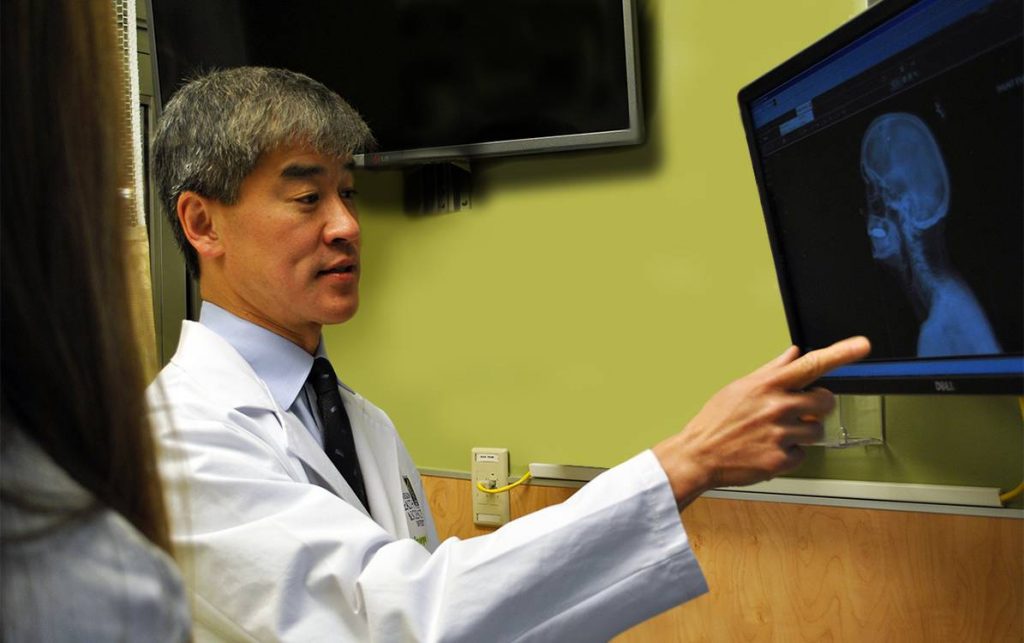What is Emergency Medicine?


Emergency medicine is a specialty in medicine that focuses on treating patients suffering from injuries or illnesses requiring immediate medical attention. Emergency physicians specialize in treating patients of all ages who cannot schedule regular appointments. This type of medicine involves continuous training to treat patients in unexpected situations.
Background
Emergency medicine is a specialty of medicine born out of the need for more highly trained physicians. Since then, the field has become a primary health care specialty. In the United States, emergency physicians have become more than just physicians – they are also leaders in the health care system. They understand the needs of patients, the different sectors of the health care system, and the many community health initiatives.
This high-pressure, high-risk specialty presents unique challenges to medical professionals. It exposes physicians to many disturbing events and risks that can negatively impact their well-being. In a recent qualitative study, we identified seven fundamental values, 27 cultural beliefs, and innumerable practices that make up the culture of emergency medicine.
Sub-specializations
Emergency medicine is the specialized practice of emergency medicine. There are several sub-specialties in this field. Choosing the right one can improve the patient’s outcome. In addition, these professionals can help you determine the best treatment for your emergency. Emergency medicine specialists are often available during emergencies around the clock, and they can even work on holidays.
The training for emergency medicine is six years long and includes a mix of pediatrics, surgery, and emergency department rotations. Emergency room residents must be trained in all three fields for at least 50% of their time. They may perform procedures such as intubating an unresponsive heroin overdose patient, placing chest tubes in hemothorax patients, and performing cardiopulmonary resuscitation on patients who have experienced cardiac arrest. They may also treat patients as young as six with abdominal pain. Emergency department physicians often work under stressful and chaotic conditions but strive to bring order.
Resources
Journals and blogs are also excellent sources of emergency medical information. You can subscribe to them with an RSS reader. The articles published by these websites are often peer-reviewed, and you can easily find a relevant topic by searching for it. In addition, many have social media indexes, which can be very useful when addressing specific clinical questions.
For more information on emergency medicine, there are several great resources available. First, consider Rosen’s or Tintinalli’s Emergency Medicine textbooks for a foundational introduction. If you’re studying procedural procedures, Reichman’s Emergency Medicine Procedures is also a good resource. Finally, for a more in-depth approach, try the Crackcast series.
The resources in Blueprint Emergency Medicine are similar to Case Files but contain greater detail and a more comprehensive range of topics. These are great for supplemental reading for EM students, as they help you understand the differences between different hospital settings and their associated procedures. And don’t forget away rotations!
Patient-physician relationship
In emergency medicine, the doctor-patient relationship is one of the essential parts of a patient’s care. It imposes duties on both parties, including the physician’s responsibility to diagnose and treat the patient’s condition. The patient expects that the physician is knowledgeable and trustworthy and that they will not abandon them or take them somewhere else for care.
One standard model is the guidance-cooperation model, in which the doctor advises the patient and cooperates with the physician’s decisions. This model coincides with the “doctors know best” theory and involves a patient seeking information and technical assistance from their physician. In contrast, the doctor makes decisions the patient must accept. While this model is commonly used in emergencies, it is less common in chronic health care. In this model, the physician is the primary caregiver, and the patient is the passive recipient.
Career opportunities
Career opportunities in emergency medicine can range from being a physician at a large hospital to working in academic medical centers. While academic jobs typically pay less than ER jobs, they offer more benefits and work-life balance. They also provide opportunities to travel to medical conferences and network with other doctors. Most academic ER physicians also work shorter hours and are less likely to experience burnout.
Careers in emergency medicine require doctors to be able to think quickly and efficiently. While other medical jobs require long-term work with patients and medical procedures, emergency medicine focuses on handling crises and transferring patients to appropriate medical services as quickly as possible.

